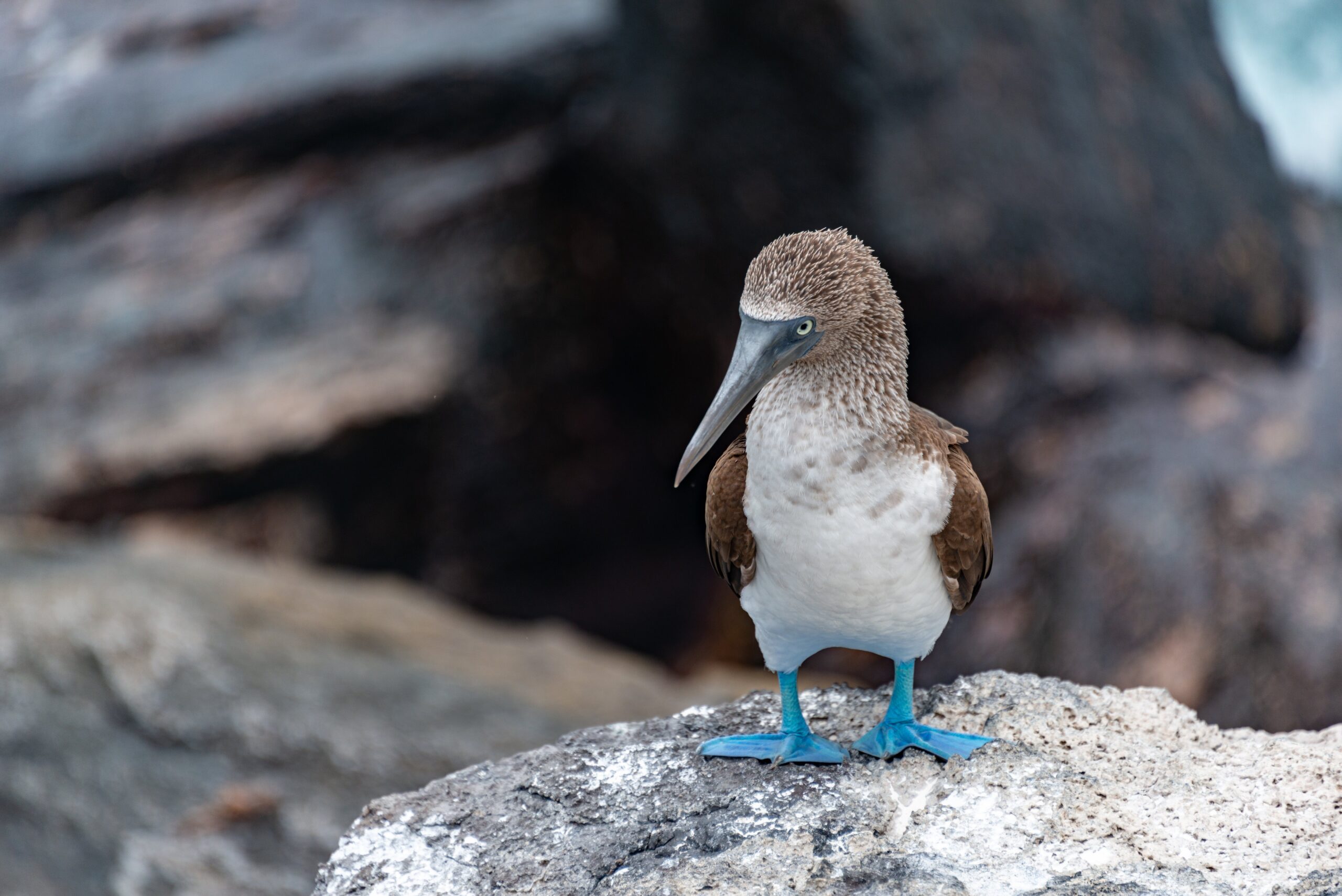Birdwatching, also known as birding, is a popular recreational activity that involves observing and identifying birds in their natural habitats. While birdwatching can be enjoyed in various locations, the coast offers a unique and diverse environment for bird enthusiasts. With its rich biodiversity and stunning landscapes, coastal areas attract a wide range of bird species, making it an ideal destination for birdwatching. In this article, we will explore the benefits of birdwatching on the coast and provide valuable insights for both beginners and experienced birdwatchers.
The Coastal Environment
The coast is a dynamic ecosystem that provides a wide range of habitats for birds. From sandy beaches to rocky cliffs, salt marshes to mangrove forests, the coastal environment offers diverse landscapes that attract different bird species. Coastal areas are also home to a variety of marine life, which further enhances the birdwatching experience. For example, seabirds such as gulls, terns, and pelicans can be observed diving into the ocean to catch fish, creating a captivating spectacle for birdwatchers.
Migratory Birds
One of the main attractions of birdwatching on the coast is the opportunity to observe migratory birds. Many bird species undertake long-distance journeys between their breeding grounds and wintering grounds, and coastal areas serve as important stopover sites along these migration routes. For example, the East Coast of the United States is a crucial stopover site for millions of migratory birds traveling between their breeding grounds in the Arctic and their wintering grounds in South America.
During the migration season, coastal areas become bustling with activity as birds rest and refuel before continuing their journey. This presents a unique opportunity for birdwatchers to witness large flocks of birds in action. The sight of thousands of shorebirds taking flight or feeding in unison is a truly awe-inspiring experience that can only be witnessed on the coast.
Coastal Bird Species
The coast is home to a wide variety of bird species, each with its own unique characteristics and behaviors. Some of the common bird species found on the coast include:
- Seabirds: Seagulls, pelicans, cormorants, and puffins are just a few examples of seabirds that can be observed along the coast. These birds have adapted to life at sea and are often found nesting on cliffs or rocky islands.
- Shorebirds: Sandpipers, plovers, and herons are commonly found along the shoreline, feeding on small invertebrates in the sand or wading in shallow water. These birds are known for their long legs and slender bills, which are perfectly suited for their feeding habits.
- Waterfowl: Ducks, geese, and swans are often seen in coastal wetlands and estuaries. These birds are excellent swimmers and divers, and their vibrant plumage adds a splash of color to the coastal landscape.
By familiarizing themselves with the different bird species found on the coast, birdwatchers can enhance their observation skills and develop a deeper appreciation for the natural world.
Conservation and Citizen Science
Birdwatching on the coast not only provides enjoyment for enthusiasts but also contributes to conservation efforts and scientific research. Many birdwatchers actively participate in citizen science projects, which involve collecting data on bird populations and behaviors. This data is then used by researchers and conservation organizations to monitor bird populations, track migration patterns, and identify potential threats to bird species.
For example, the Christmas Bird Count is an annual event organized by the National Audubon Society, where birdwatchers across North America gather to count and record bird species in their local areas. The data collected during this event helps scientists understand population trends and guide conservation efforts.
Tips for Birdwatching on the Coast
If you’re interested in birdwatching on the coast, here are some tips to enhance your experience:
- Invest in a good pair of binoculars: Binoculars are essential for birdwatching, as they allow you to observe birds from a distance without disturbing them.
- Learn to identify bird calls: Many bird species can be identified by their unique calls. Familiarize yourself with the common bird calls in your area to improve your chances of spotting different species.
- Visit during the migration season: To witness the spectacle of migratory birds, plan your birdwatching trips during the migration season. Research the best times to visit your chosen coastal location to maximize your chances of observing large flocks of birds.
- Respect the birds and their habitats: When birdwatching, it’s important to minimize disturbance to the birds and their habitats. Keep a safe distance, avoid loud noises, and follow any local regulations or guidelines.
Summary
Birdwatching on the coast offers a unique and rewarding experience for enthusiasts. The coastal environment provides diverse habitats for a wide range of bird species, including migratory birds that stopover during their long journeys. By observing and studying birds on the coast, birdwatchers contribute to conservation efforts and scientific research. Whether you’re a beginner or an experienced birdwatcher, the coast is a fantastic destination to explore the fascinating world of birds.

